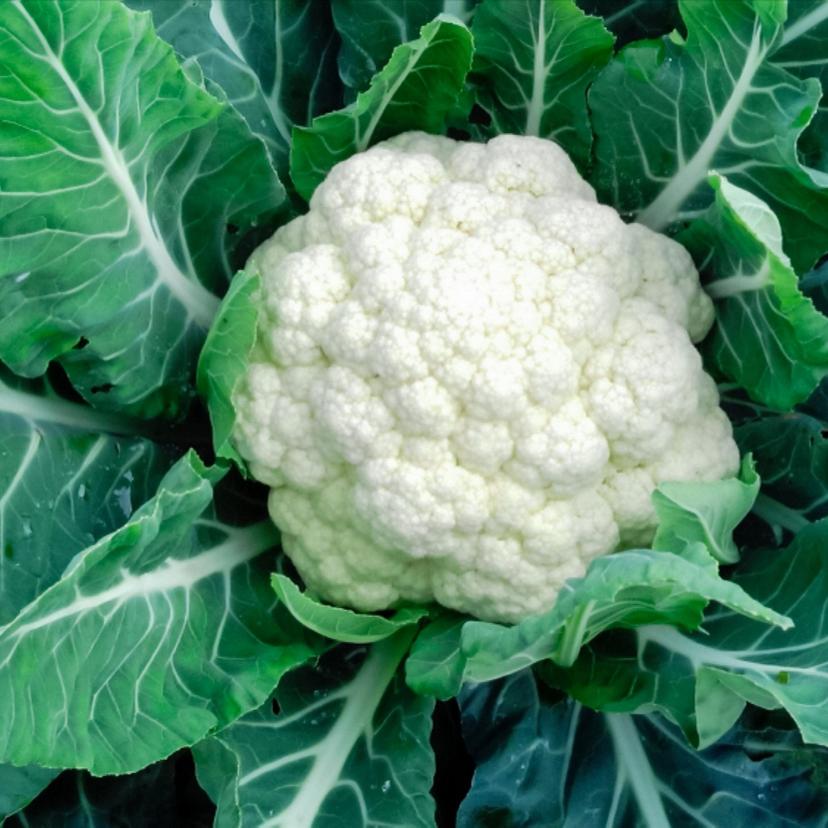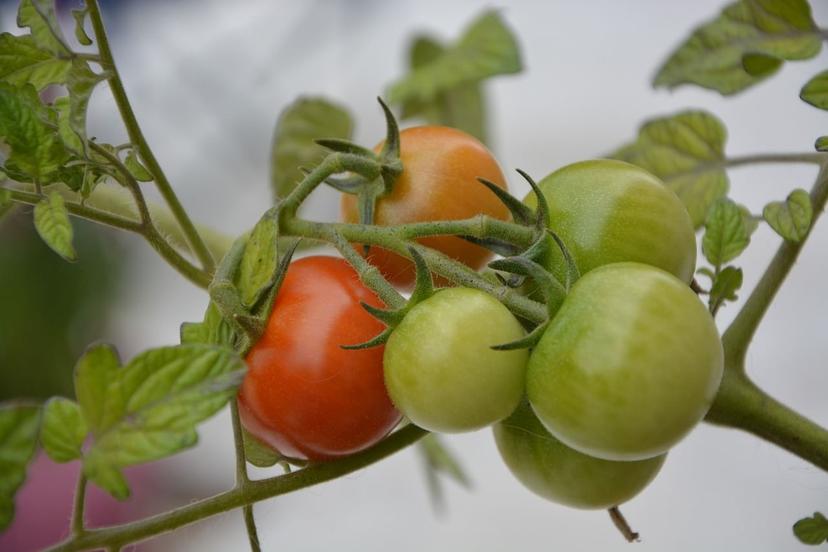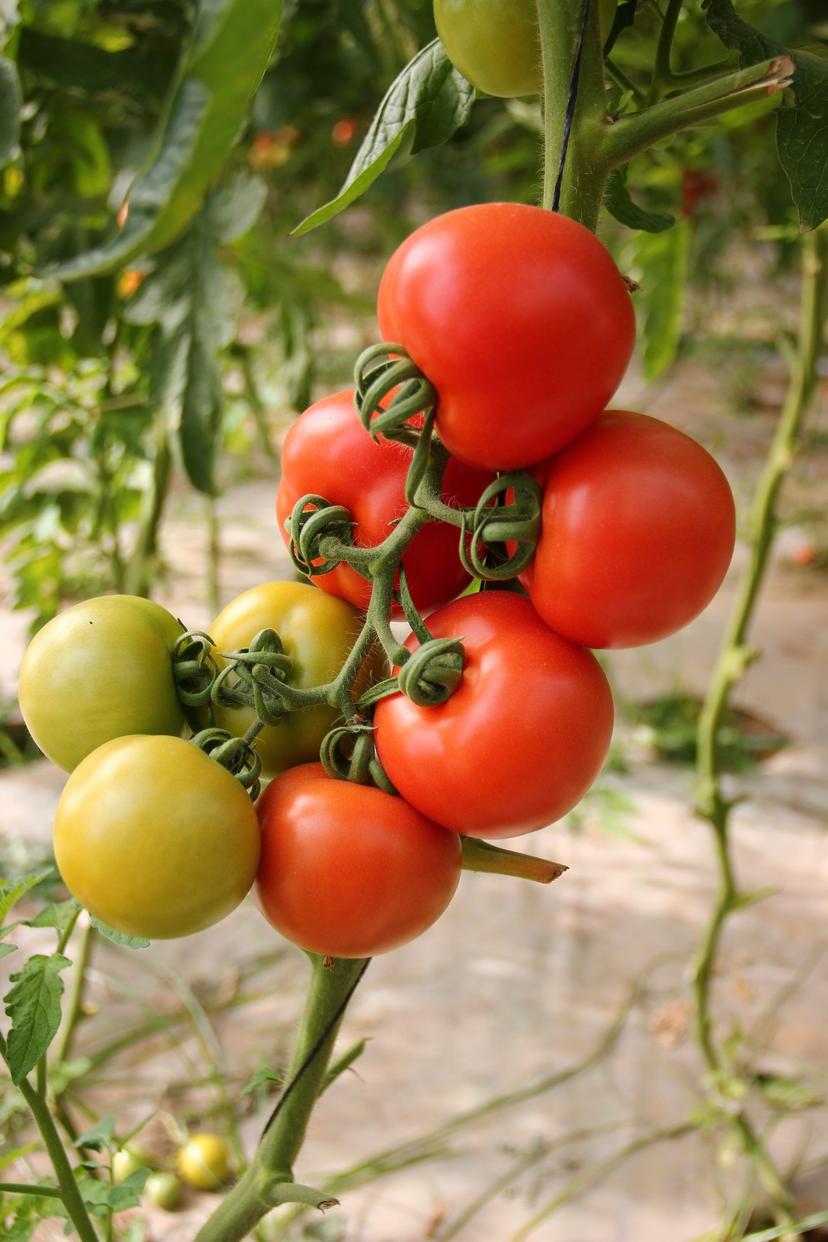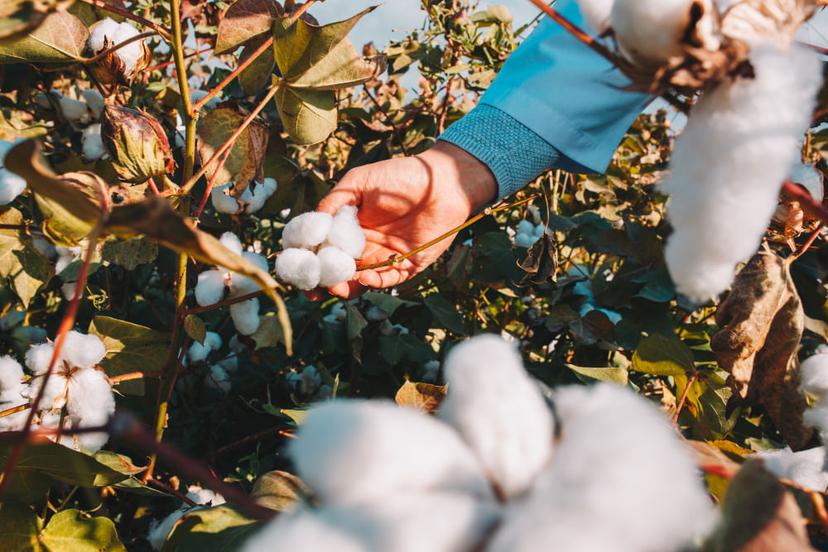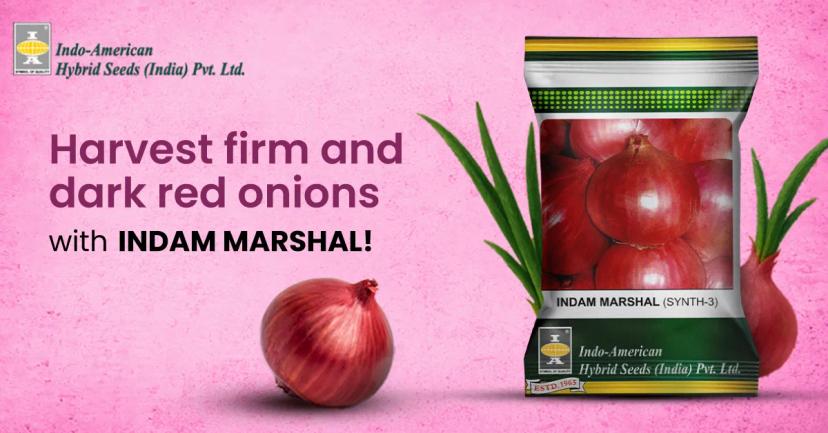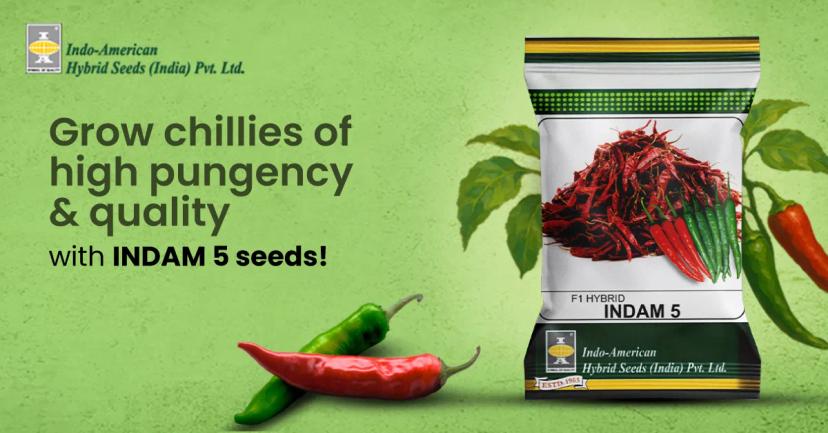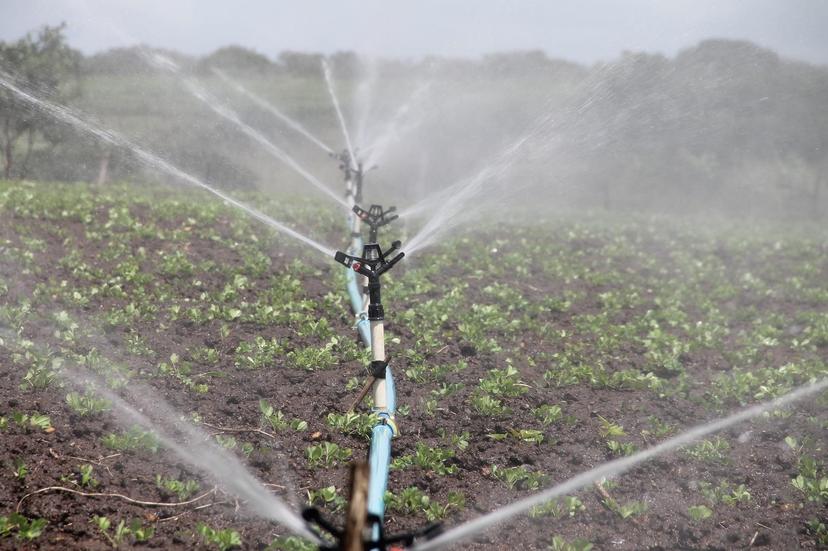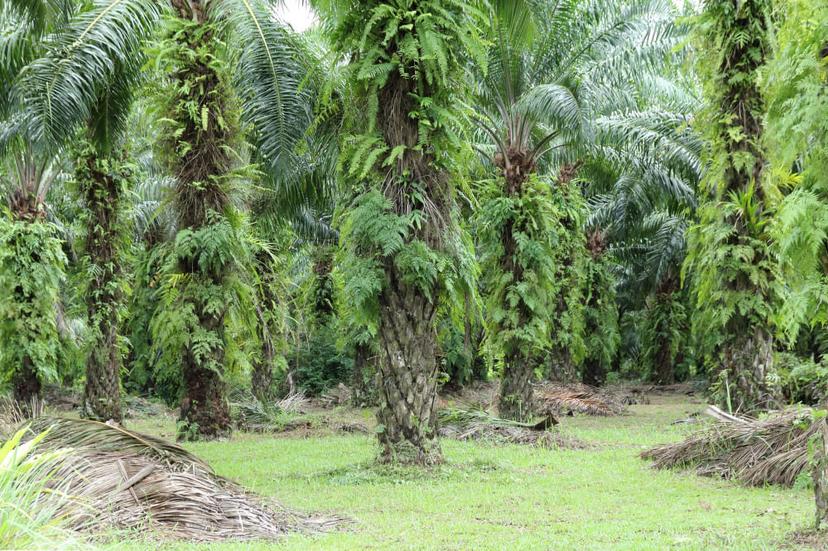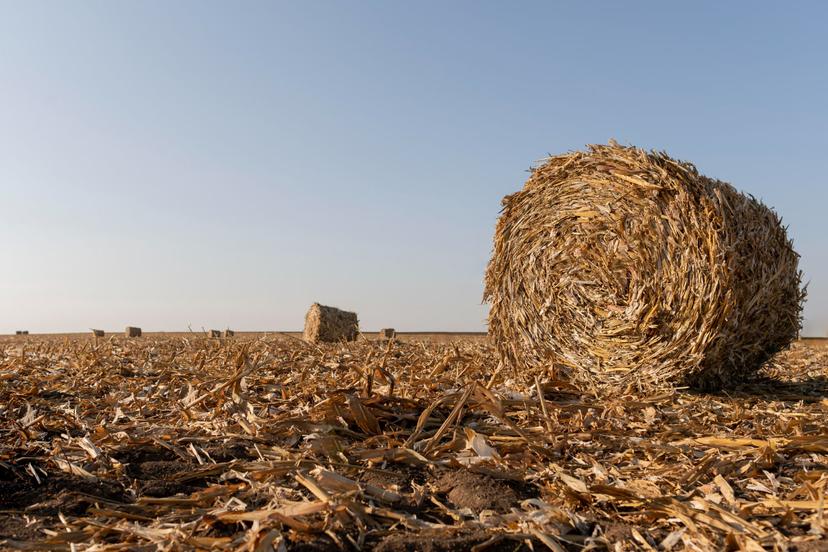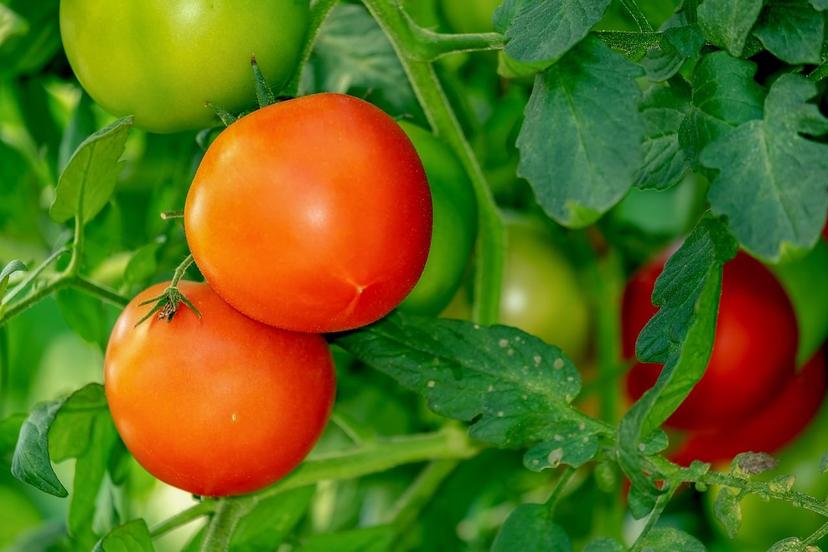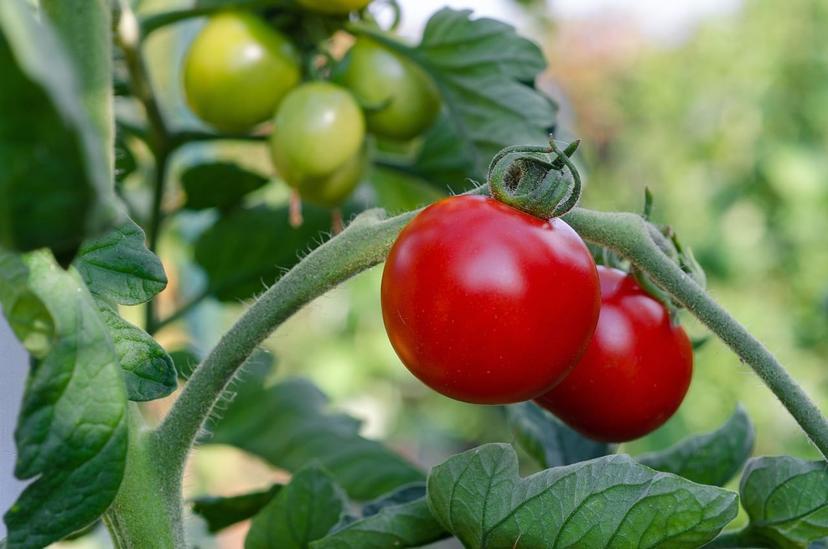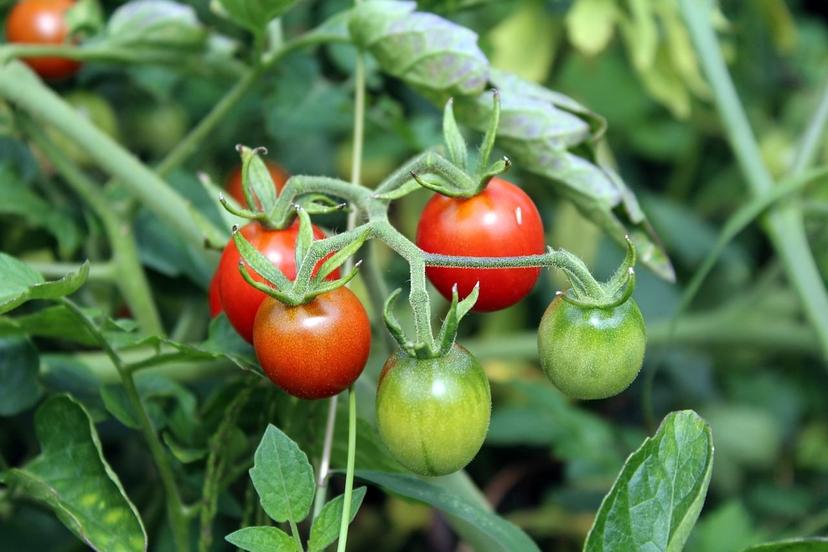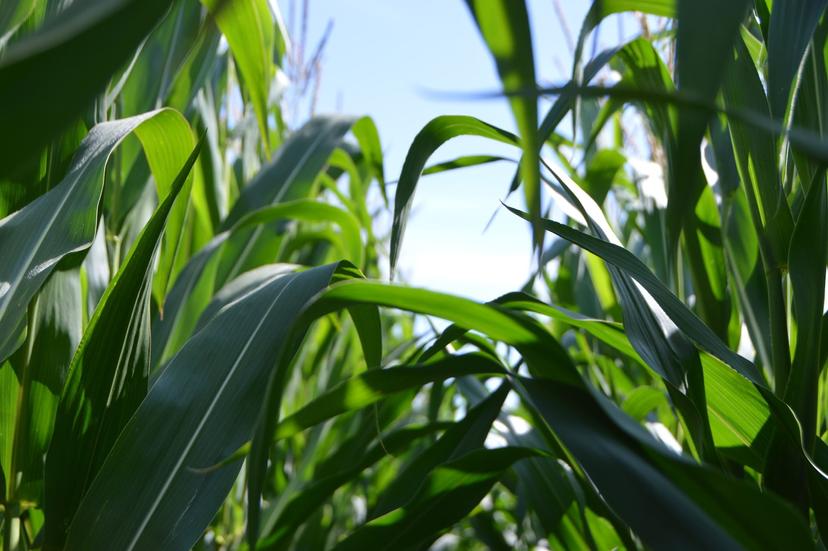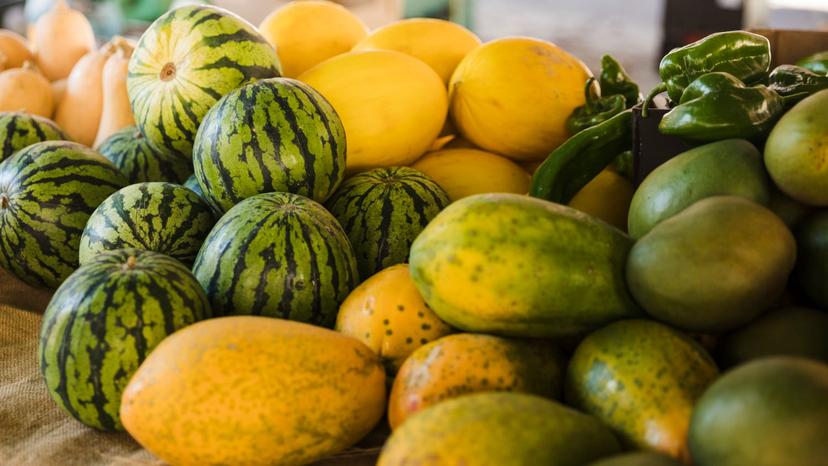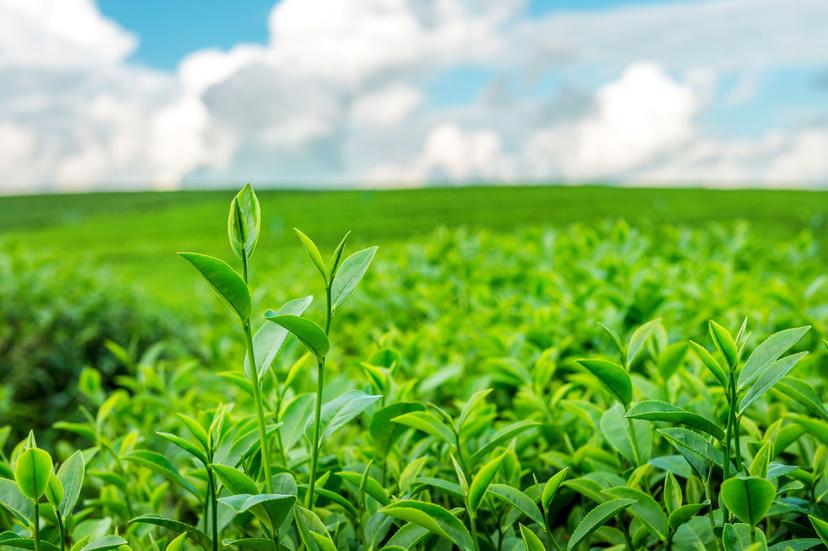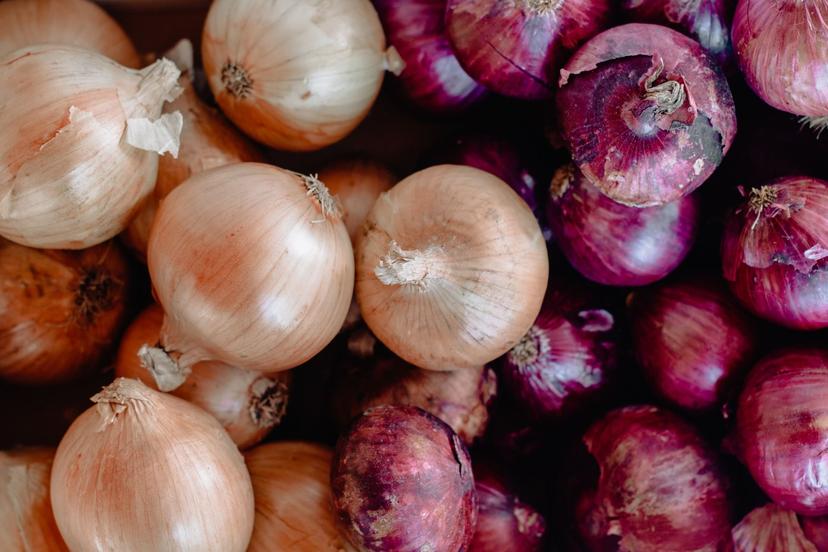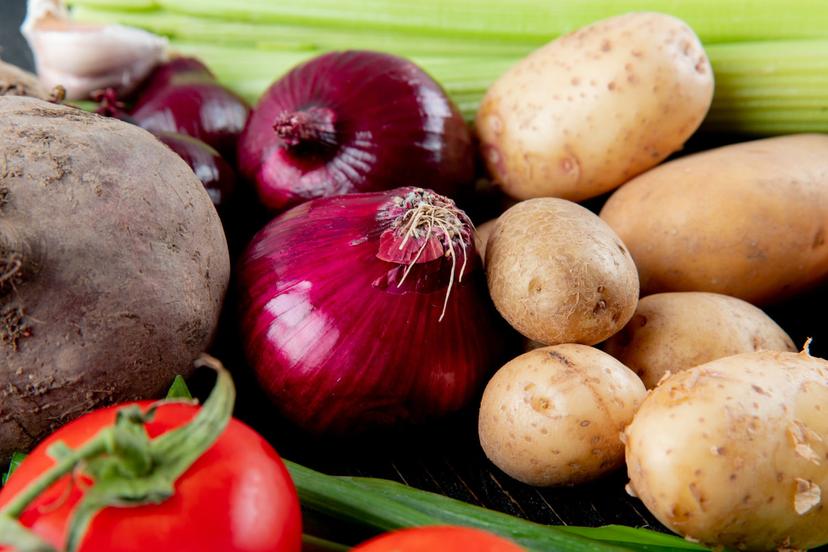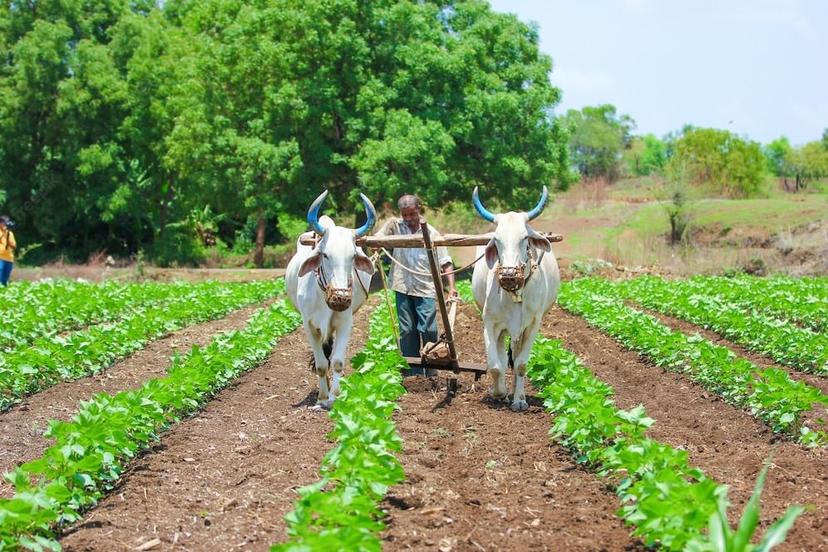Cotton Disease Management: The Key to Higher Yields and Bigger Profits
Cotton (Gossypium sp) is one of the most important fibre and cash crop in India. It is vulnerable to infections by pathogens like fungi, bacteria and viruses. All parts of the plants are infected and crop losses are common in the crop. Cotton diseases can significantly reduce crop yield and cotton quality leading to reduced profits for farmers.
The severity of yield loss depends on the type of disease, the timing of infection, and the environmental conditions. The estimated average yield loss due to cotton diseases in India ranges from 10% to 15%. However, in severe outbreaks, yield losses can be as high as 50% or more. Effective disease management can help minimize crop losses and improve yield.
The Major Diseases of Cotton having significant impact on cotton yield are as follows;
Fusarium Wilt of Cotton:
Scientific name of causal agent: Fusarium oxysporum f.sp. vasinfectum
Stage of occurrence: Affects at all stages of the crop
Fusarium Wilt of Cotton Symptoms:
Initially the symptoms appear as yellowing and browning of cotyledons and the base of petiole shows brown ring
It is followed by wilting and drying of the affected seedlings
Affected plant’s leaves loses turgidity, gradually turns brown, droops and finally drops off
Tap roots are usually stunted with a smaller number of lateral roots.
Vascular tissues show browning or blackening symptom and black streaks or stripes may extend upwards to the branches and downwards to the roots
Affected plants become stunted with fewer bolls which are very small and opens before attaining maturity
Favourable conditions for Fusarium wilt infection in cotton:
Soil temperature of about 20 – 30°C, warm and dry weather followed by rain, high dosage of nitrogen and phosphatic fertilizers, black soils with high alkaline reactions, and wounds caused by nematode and grubs of ash weevil are favourable conditions for fusarium wilt infestation in cotton.
Verticillium wilt of Cotton:
Verticillium wilt in cotton
Scientific name of causal agent: Verticillium dahliae
Stage of occurrence: Square and boll formation stage
Verticillium Wilt of Cotton Symptoms:
Early infection leads to stunted growth of the plant
‘Bronzing of veins’ followed by yellowing of leaves and interveinal chlorosis
It is followed by yellowing of leaves and interveinal chlorosis
Affected leaves dry up giving scorched appearance
Drying of leaf margins and areas between the leaves gives “Tiger stripe” or “Tiger claw” appearance
Branches remain barren due to falling of affected leaves
When infected stems and roots are split open, pinkish appearance of woody tissue can be seen
Affected plants may produce smaller bolls with immature lint
Favourable conditions for Verticillium wilt infection in cotton:
High nitrogen fertilization, heavy soil with alkaline reaction, low soil temperature (15-20°C), excessive soil moisture or poor drainage in soils, lack of crop rotation and presence of host crops like tomato, brinjal, chilli, bhendi can create favourable conditions for verticillium wilt infection.
Management of Fusarium wilt and Verticillium wilt disease in cotton:
Product name
Technical content
Dosage (per acre or per lit water)
Biological Management
Nanobee 7 Star Bio Fertilizer
Beneficial Lyophilized Microbes Consortia: 1.5 %
Mix 25-50 gm/lit of water and keep it in shade for 3-5 hr. Then mix it in 200 lit of water
Amruth Almonas Bio Fungicide
Pseudomonas sp
2ml/lit water
Terra Fungikill
Herbal formulation
2 ml/lit water
Ecoderma Bio Fungicide
Trichoderma viride
Seed treatment: 10 gm/lit water
Soil application: 2 – 3 kg Ecoderma +150 – 200 kg FYM
Chemical management
Benmain Fungicide
Carbendazim 50% DF
Soil drenching: 2 gm/lit water
Amistar Fungicide
Azoxystrobin 23% SC
Drenching/Spraying: 0.5 – 1 ml/lit water
Ridomil Gold Fungicide
Metalaxyl 4% + Manconzeb 64%
Soil application: 1 – 1.5 gm/lit water
Taqat Fungicide
Hexaconazole 5% + Captan 70% WP
Drenching: 2 gm/lit water
Roko fungicide
Thiophanate Methyl 70% w/w
Foliar spray: 1 gm/lit water
Drenching: 2 – 4 gm/lit water
Dithane M45 fungicide
Mancozeb 75% WP
Spraying: 2 – 2.5 gm/lit water
Root rot of Cotton:
Root rot in cotton
Scientific name of causal agent: Rhizoctonia bataticola
Stage of occurrence: Seedling to vegetative stage
Root Rot of Cotton Symptoms:
3 types of symptoms caused by the pathogen – Seedling disease, sore shin and root rot
Seedling stage:
Germinated seedling affected by the fungus shows black lesions on hypocotyl
Causes girdling of stem and death of affected seedling
Sore shin stage:
Dark reddish-brown canker appears on stem near soil surface, later turning black
Drying of leaves and entire plant due to plant breakage at the collar region
Root rot:
Bark of affected plant shreds and may extend above ground level
Dark brown sclerotia appears on the wood or on the shredded bark
Entire root system becomes rotted, plants dry and can be easily pulled out
Favourable conditions for root rot infection in cotton:
Heavy rainfall followed by dry weather, high soil temperature of about 35 – 39°C, presence of host crop like vegetables, growing cotton after cultivation of oilseeds and legumes, wound caused by nematodes and ash weevil grubs increases root rot disease incidence.
Management of root rot disease in cotton:
Product name
Technical content
Dosage (per acre or per lit water)
Biological Management
Nanobee 7 Star Bio Fertilizer
Beneficial Lyophilized Microbes Consortia: 1.5 %
Mix 25-50gm/lit of water and kept it in shade for 3-5 hr. Then mix it in 200 lit of water
Multiplex Nisarga
Trichoderma viride 1.5% WP
1 – 2 kg Multiplex Nisarga + 100 kg FYM
Ecomonas Bio Pesticide
Pseudomonas fluorescens
Drenching:10 gm/lit water
Soil application: 10 – 15 gm/lit
Anand Dr Bacto’s Herz
Spores and conidia of Mycoparasitic Fungi
10 ml/lit water
Chemical Management
Vitavax powder 75% Fungicide
Carboxin 37.5% + Thiram 37.5% DS
Seed treatment: 3 gm/kg seed
Dhanustin Fungicide
Carbendazim 50% WP
Drenching: 0.5 – 0.75 gm/lit water
Sprint Fungicide
Mancozeb 50% + Carbendazim 25% WS
Drenching: 2.5 to 3 gm/lit water
Katyayani Samartha
Carbendazim 12% + Mancozeb 63% WP
Spraying: 1.5 – 2 gm/lit water
Areolate mildew / Grey Mildew of Cotton:
Scientific name of causal agent: Ramularia areola
Stage of occurrence: Seedling to Reproductive stage
Symptoms of Areolate or Grey mildew in cotton:
Irregular to angular pale translucent lesions appear on the lower surface of affected leaf
Light green or yellow green specks appear on the upper leaf surface
Whitish grey powdery growth appears on the lower surface, later coalesce and cover the entire leaf surface
Under severe infection, white/grey powdery growth may occur on the upper leaf surface
Affected chilli leaves dry up from margin, curl inward, turn yellow and fall off prematurely.
Favourable conditions for Grey / Areolate mildew infection in cotton:
Wet humid conditions, Low temperature (20 – 30°C), close planting, very early or very late sowing of cotton, intermittent rains and excessive application of nitrogenous fertilizers may increase grey mildew infection in cotton field.
Management of Grey mildew in cotton:
Product name
Technical content
Dosage (per lit water)
Biological Management
Amruth Abacil Liquid
Bacillus subtilis 2% A.S
1 ml/lit water
Chemical Fungicide
Amistar Top Fungicide
Azoxystrobin 18.2% + Difenoconazole 11.4% SC
Foliar: 1 ml/lit water
Taqat Fungicide
Hexaconazole 5% + Captan 70% WP
Foliar: 2 gm/lit water
CM 75 Fungicide
Carbendazim 13%+Mancozeb 63%
Foliar: 1.5 gm/lit water
Bavistin Fungicide
Carbendazim 50% WP
Foliar: 0.5 ml/lit water
Ergon Fungicide
Ergon 44.3% SC
Foliar: 0.6 ml/lit water
Anthracnose of Cotton:
Symptom of anthracnose on cotton boll
Scientific name of causal agent: Colletotrichum gossypii
Stage of occurrence: All growth stages
Anthracnose of Cotton Symptoms:
This disease affects all parts of the cotton plant
Small reddish circular spots appear on the cotyledon and primary leaves of seedlings
Causes seedlings to wilt and dry
In affected mature plants, stem splitting and shredding of bark can be seen
“Boll spotting” is the most cotton symptom
Sunken, circular, reddish-brown spots appear on the bolls and the infected boll stops to grow, burst and dry up.
Favourable conditions for Anthracnose infection in cotton:
Prolonged rainfall during the boll formation stage, presence of crop debris, weed hosts and close planting may be favourable for anthracnose infection in cotton.
Management of Anthracnose in cotton:
Product name
Technical content
Dosage (per lit water)
Biological Management
Terra Fungikill
Herbal formulation
2 ml/lit water
Sonkul Sun Bio Monus
Pseudomonas fluorescens
5 ml/lit water
Chemical Management
Borogold Fungicide
Combination of Nano Silver Particles & Peroxy Acid
Spraying; 1.5 gm/lit water
Turf fungicide
Carbendazim 12 % + Mancozeb 63 % WP
Drenching/Spraying: 1.8 – 2.5 gm/lit water
Taqat Fungicide
Hexaconazole 5% + Captan 70% WP
Drenching: 2 gm/lit water
Splash Fungicide
Chlorothalonil 75% WP
Spray: 2 ml/lit water
Dhanustin Fungicide
Carbendazim 50% WP
Drenching/Spraying: 0.5 – 0.8 gm/lit water
Alternaria leaf blight of Cotton:
Alternaria leaf blight on cotton
Scientific name of causal agent: Alternaria macrospora
Stage of occurrence: Vegetative and Reproductive stage
Alternaria leaf blight of Cotton Symptoms:
Small, brown, irregular or round spots appear on the leaves
Central lesion of each spot may be surrounded by concentric rings
These spots coalesce together, and form blighted areas
Affected cotton leaves become brittle and fall
In case of severe infection, spots may appear on bracts and bolls.
Favourable conditions for Alternaria leaf blight infection in cotton:
High humidity, temperature of about 25 – 28°C, intermittent rainfall, wet foliage, dense planting and presence of crop residues due to lack of field sanitation create favourable conditions for Alternaria leaf blight infection in cotton.
Management of Alternaria leaf blight in cotton:
Method of Application of Chemicals – Spraying
Product name
Technical content
Dosage (per lit water)
Biological Management
Sanjeevni Bio fungicide
Trichoderma Viride
Seed treatment: 8 – 10 gm/50 ml (per kg seed)
Soil drenching: 5 – 10 kg/lit
Ecomonas Bio Pesticide
Pseudomonas fluorescens
Foliar: 8 – 10 ml/lit water
Chemical Management
Tilt fungicide
Propiconazole 25 % EC
1 ml/lit water
Bavistin Fungicide
Carbendazim 50% WP
0.5 ml/lit water
Avtar fungicide
Zineb 68% + Hexaconazole 4%
1 gm/lit water
Amristar Top Fungicide
Azoxystrobin 18.2% + Difenoconazole 11.4% SC
1 ml/lit water
Dithane M45 fungicide
Mancozeb 75% WP
2 – 2.5 gm/lit water
Tata Ishaan Fungicide
Chlorothalonil 75% WP
2.5 gm/lit water
Priaxor Fungicide
Pyraclostrobin 333gm/ltr + Fluxapyroxad 167 gm/ltr SC
0.6 ml/lit water
Nativo Fungicide
Tebuconazole + Trifloxystrobin 75 WG (50% +25% w/w)
0.2 – 0.5 gm/lit water
Bacterial blight of Cotton:
Scientific name of causal agent: Xanthomonas campestris pv.malvacearum
Stage of occurrence: Seedling to harvest
Bacterial blight of Cotton Symtoms:
5 common phases of symptoms are noticed.
Seedling blight: Water soaked, irregular or circular lesions appear on the cotyledons, which may spread to petiole and stem causing withering and death of seedlings
Angular leaf spot: Small, dark green, water-soaked lesions develop on the under surface of leaves and become angular when restricted by veinlets and veins. Later, the lesions turn to reddish brown colour and becomes visible on both sides of the leaf
Vein blight/Vein necrosis/Black vein: Blackening of veins and veinlets gives ‘blighting appearance’. The presence of bacterial oozes on the lower side of the leaf. Affected leaves show crinkling appearance, withering and are twisted inward.
Black arm: Black lesions are developed on stem and branches, causing premature drooping of leaves, cracking of stem and gummosis, leading to die back
Boll rot: Dark black, sunken and irregular spots appear on the bolls. It leads to premature bursting of bolls. The spread of bacterium inside the bolls causes yellow staining of lint.
Favourable conditions for Bacterial blight infection in cotton:
Optimum soil temperature of 28°C, relative humidity of 85%, early sowing, high atmospheric temperature of 30 – 40°C, delayed thinning, late irrigation, poor tillage, K-deficiency in soil and rains followed by bright sunshine are highly favourable parameters for bacterial blight infection.
Management of Bacterial blight in cotton:
Product name
Technical content
Dosage (per lit water)
Biological Management
Spot Bio Fungicide
Pseudomonas fluorescens
10 ml/lit water
Biofix Kito Star
Fatty acids and stabilizers
1 – 2 ml/lit water
V-Kure
Eugenol, Thymol, potassium salts, cationic surface agent, sodium salts & preservatives
1.5 – 2 gm/lit water
Chemical Management
Turf fungicide
Carbendazim 12 % + Mancozeb 63 % WP
Foliar: 1.8 – 2.5 gm/lit water
Vitavax powder 75% Fungicide
Carboxin 37.5% + Thiram 37.5% DS
Seed treatment: 3 gm/kg seed
Dithane M45 fungicide
Mancozeb 75% WP
Spraying: 2 – 2.5 gm/lit water
Avtar Fungicide
Zineb 68% + Hexaconazole 4% WP
Foliar: 1 gm/lit water
Sudden Wilt or Para Wilt of Cotton:
Exact cause of this physiological disorder is still unknown
Stage of occurrence: Flowering and fruit filling stage
Sudden wilt disease or Para Wilt of Cotton Symptoms:
Premature death of top leaves, followed by collapse of the plant
Within few hours of heavy rainfall or soil saturation, wilting of leaves can be seen
If sunshine is brighter and hot, leaves may immediately dry
Wilted plants shed all the leaves and are left only with small immature fruits
Under cloudy weather, leaves turn yellow and die with no or little wilting
Favourable conditions for Para wilt infection in cotton:
Excessive water or sudden rainfall, poor soil drainage, bright sunshine or hot air temperature may create conditions favourable for para wilt incidence
Management of Para wilt or Sudden wilt in cotton:
The exact cause of this disorder is still unknown. Preventive measures can be taken to minimize the para wilt incidence to some extent. Some of the measures include growing wilt tolerant varieties, accurate management of irrigation, reducing waterlogging conditions by providing adequate drainage and maintaining optimum vegetative growth by avoid using excessive of FYM and fertilizers.
Leaf curl disease of Cotton
Scientific name of causal agent: Cotton leaf curl virus
Stage of occurrence: All stages
Vector: Whitefly
Leaf curl disease of Cotton Symptoms:
‘Upward and downward curling’ of leaves and thickening of veins
Enation can be noticed on the underside of the leaves
In severe cases, all the leaves curl and the plant growth is retarded
Leads to reduced boll bearing capacity
Favourable conditions for Leaf curl virus infection in cotton:
Primary source of spread is Whitefly (Bemisia tabaci). Presence of alternate hosts like chilli, bhendi, tomato, warm temperature, late planting can be favourable for leaf curl virus infection.
Management of Leaf curl virus in cotton:
Spread of leaf curl virus disease can be managed by controlling the vector whitefly, which spreads the virus. The following chemicals can be used to control whitefly in cotton.
Product Name
Technical Content
Dosage (per lit water)
Mechanical Management
Tapas Yellow Sticky Trap
11 cm x 28 cm
4 – 6/acre
Biological Management
Amruth Alestra Liquid
Verticillium lecanii
2 ml/lit water
T.Stanes Nimbecidine
Azardiractin 300 PPM (EC formulation)
5 ml/lit water
Chemical Management
Lancer Gold Insecticide
Acephate 50 % + Imidacloprid 1.8 % SP
0.4 ml/lit water
Pager Insecticide
Diafenthi
uron 50% WP
1.2 gm/lit water
Ulala Insecticide
Flonicamid 50 WG
0.3 gm/lit water
Actara Insecticide
Thiamethoxam 25 % WG
0.5 gm/lit water
Kaitaku Insecticide
Acetamiprid 20 % SP
0.1 – 0.2 ml/lit
Tobacco streak virus in Cotton
Tobacco streak virus in cotton
Scientific name of causal agent: Tobacco streak virus
Stage of occurrence: All stages
Vector: Thrips (Thrips tabaci)
Tobacco streak virus in Cotton Symptoms:
Ring like purplish necrotic spots appear on the leaves
Chlorotic streaks develop on the leaves
Stunted growth
Favourable conditions for Tobacco streak virus infection in cotton:
Presence of weed hosts, high temperature (25 – 30°C), infected plant debris may create favourable conditions for tobacco streak virus disease spread in cotton crop.
Management of Tobacco streak virus in cotton:
Spread of Tobacco streak virus disease can be managed by controlling thrips, which spread the virus. The following chemicals can be used to control thrips in cotton.
Product name
Technical content
Dosage (per lit water)
Mechanical Management
Tapas Yellow Sticky Trap
22 cm x 28 cm
6 – 8/acre
Biological Management
Pesto Raze Bio-insecticide
Botanical Extracts
2 ml/lit water
Control TRM Bio-pesticide
Organic blend of botanical extracts
2 ml/lit water
Econeem Plus
Azadiractin 10000 ppm
2 ml/lit water
Chemical Management
Summit Insecticide
Spinetoram 11.7 % SC
0.5- 1ml/lit water
Admire Insecticide
Imidacloprid 70% WG
0.3 gm/lit water
Karate Insecticide
Lambdacyhalothrin 5% EC
1.5 ml/lit water
Nurelle D Insecticide
Chlorpyriphos 50% + Cypermethrin 5% EC
2 ml/lit water
Katyayani Thioxam
Thiamethoxam 25% WG
0.4 gm/lit water
Shinzen Plus Insecticide
Fipronil 5 % SC
3 gm/lit water
Osheen Insecticide
Dinotefuran 20 % SG
0.6 – 0.8 gm/lit water
Marshal Insecticide
Carbosulfan 25% EC
2.5 ml/lit water
(Note: Refer to the product label to find the right time of Application and more details of the product)
Discover effective strategies in our guide to enhance your cotton crop’s health and yield. Click here to read Management Of Insect Pests In Cotton.
